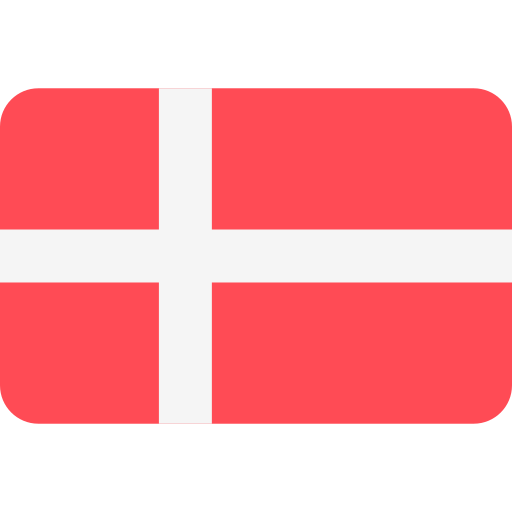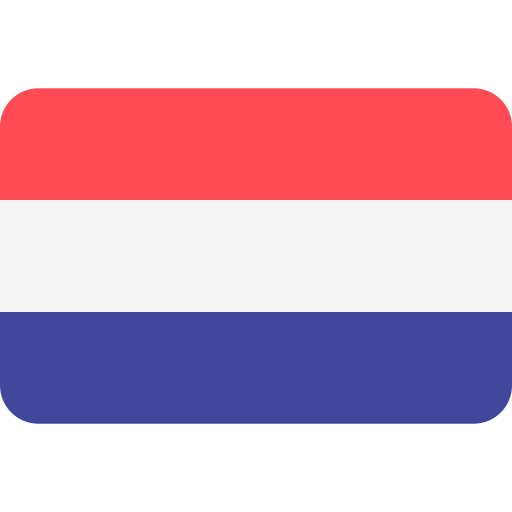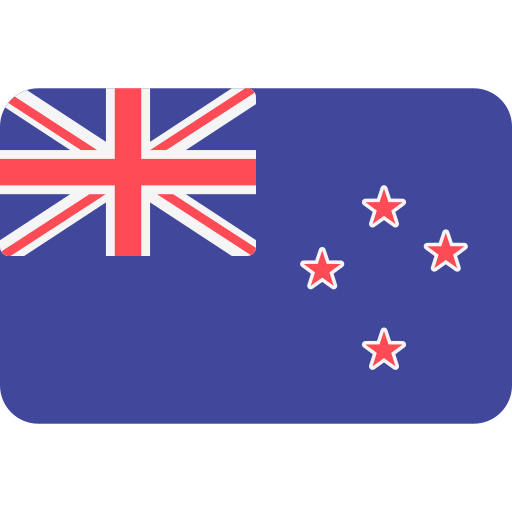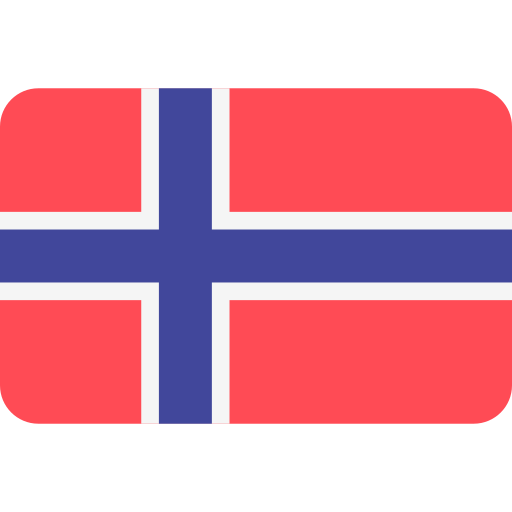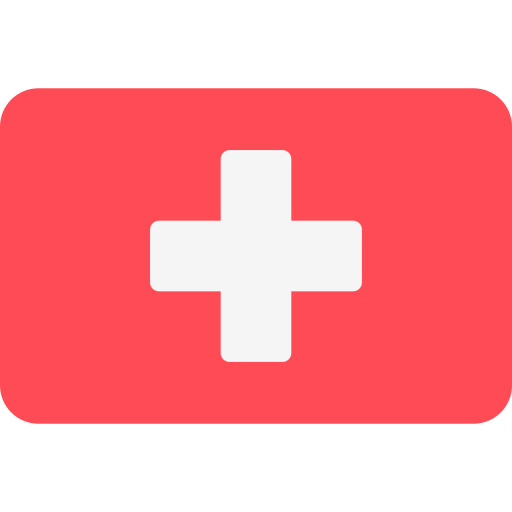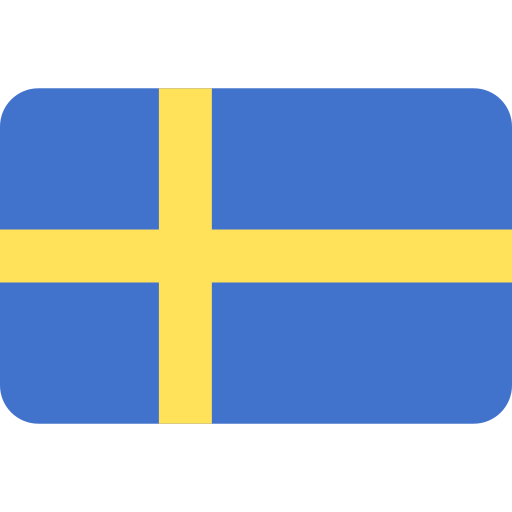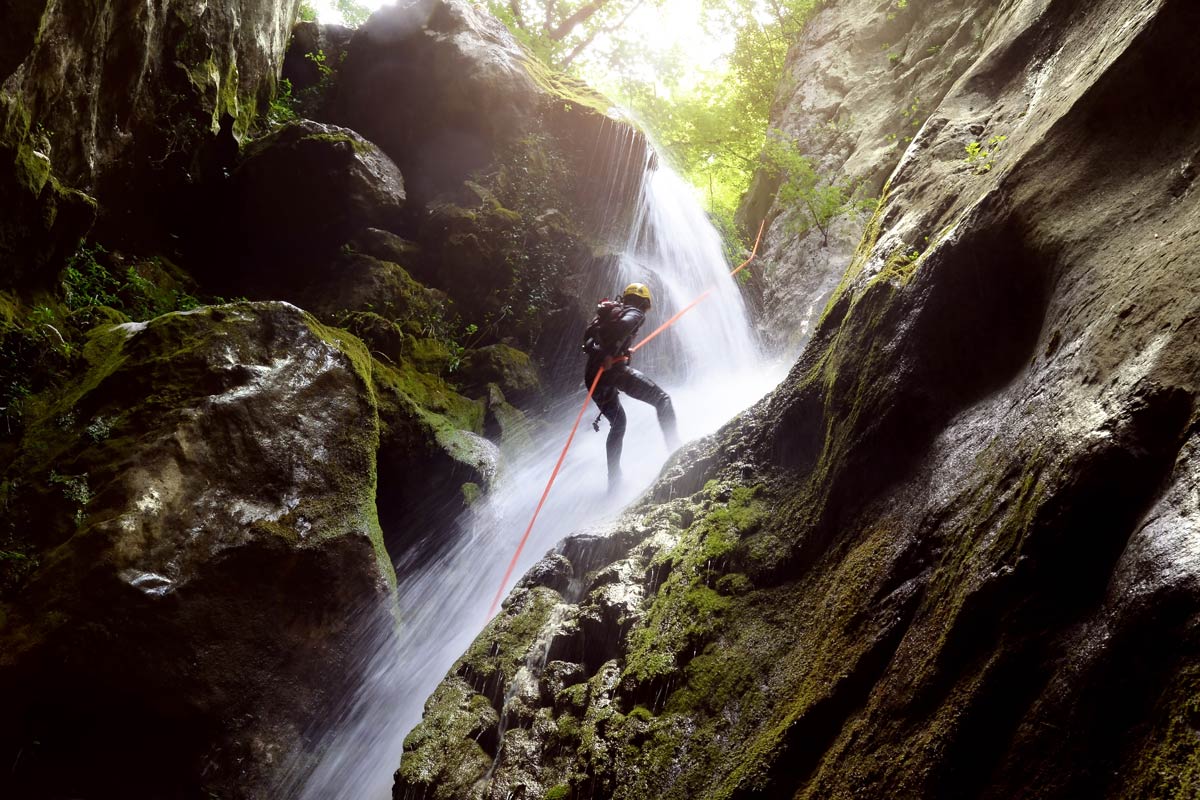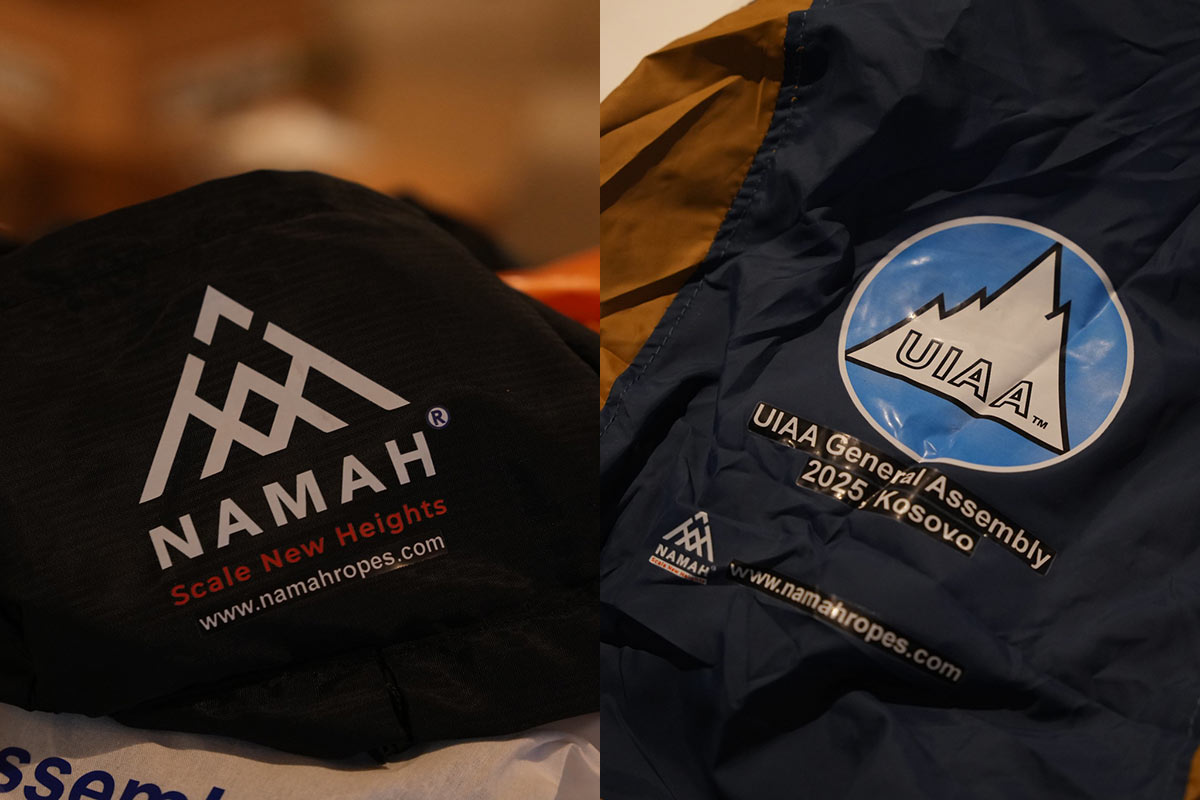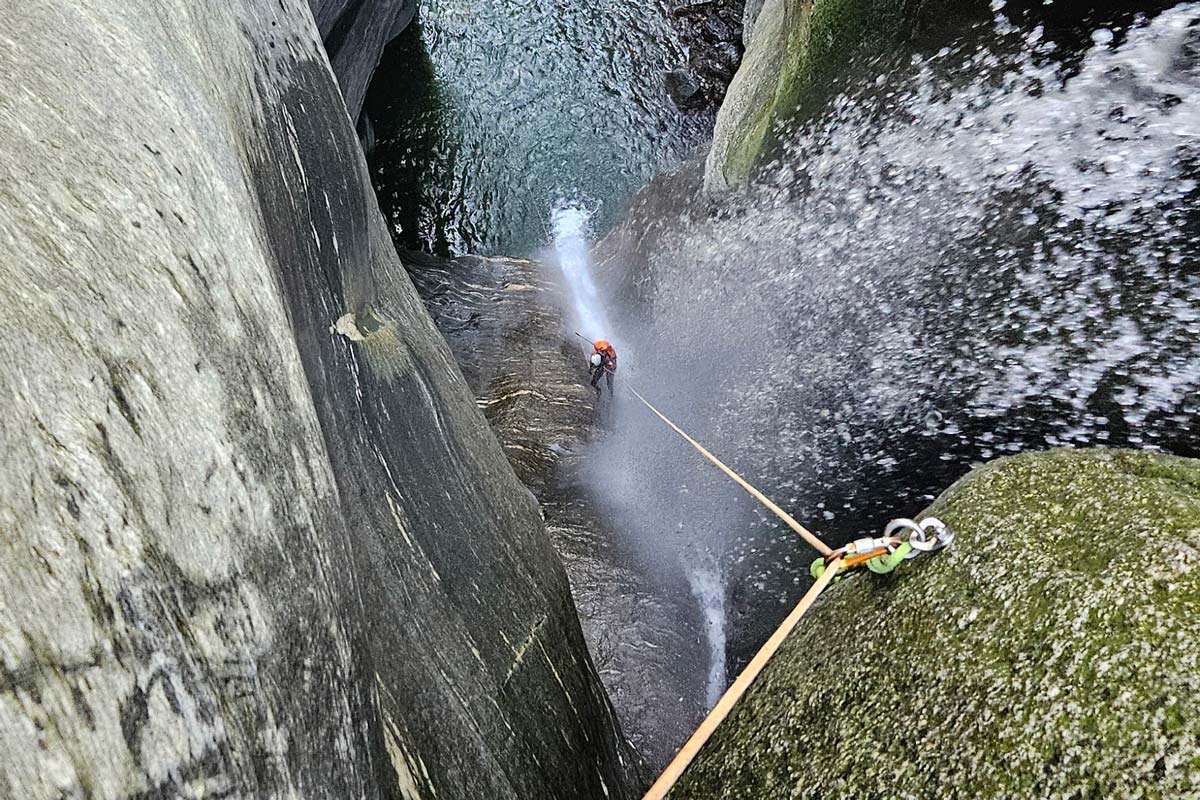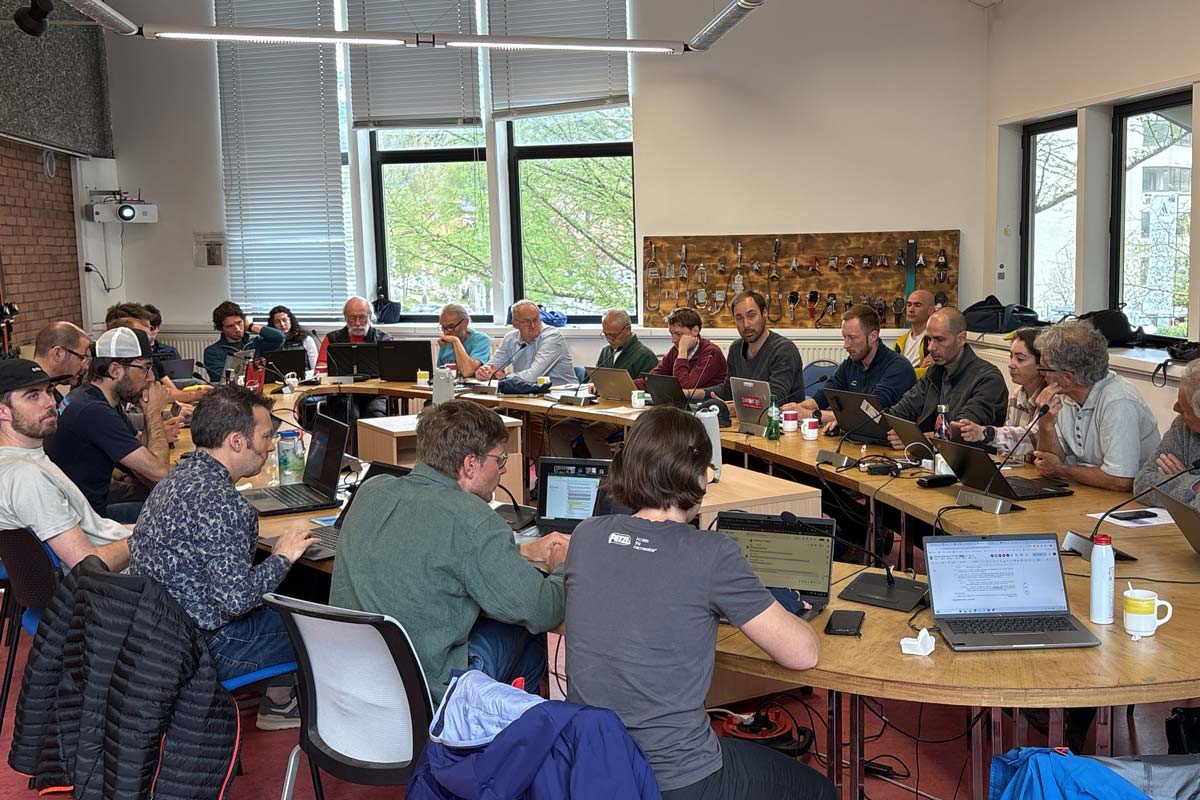ACCIDENT DATA REPORTING
A number of UIAA member federations have established systems to collect data about accidents. Their approaches vary, from gathering of individuals stories for publication, through data collection by online reporting forms to general statistics compiled by the rescue services. Some efforts are community-driven, some organised by climbing federations, and some by public services. Altogether a substantial amount of data is being collected and often put to good use for the benefit of climbing safety, but there is no uniform way of doing it. The UIAA has brought together data and knowledge from the national systems that exist, and created an international database.
The UIAA Project
This initial version of the database compiles information about existing, national systems and processes for accident and incident reporting relating to climbing and mountaineering. This work serves two purposes. One is to learn about the capabilities of the existing systems, what data they are able to provide, how the data is being used to support climbing safety, their success factors as well as the barriers and obstacles faced in collecting the data. Based on this information the Working Group will proceed to develop recommendations on best practices in accident reporting, and ideally also standards to facilitate data exchange and data comparison between systems.
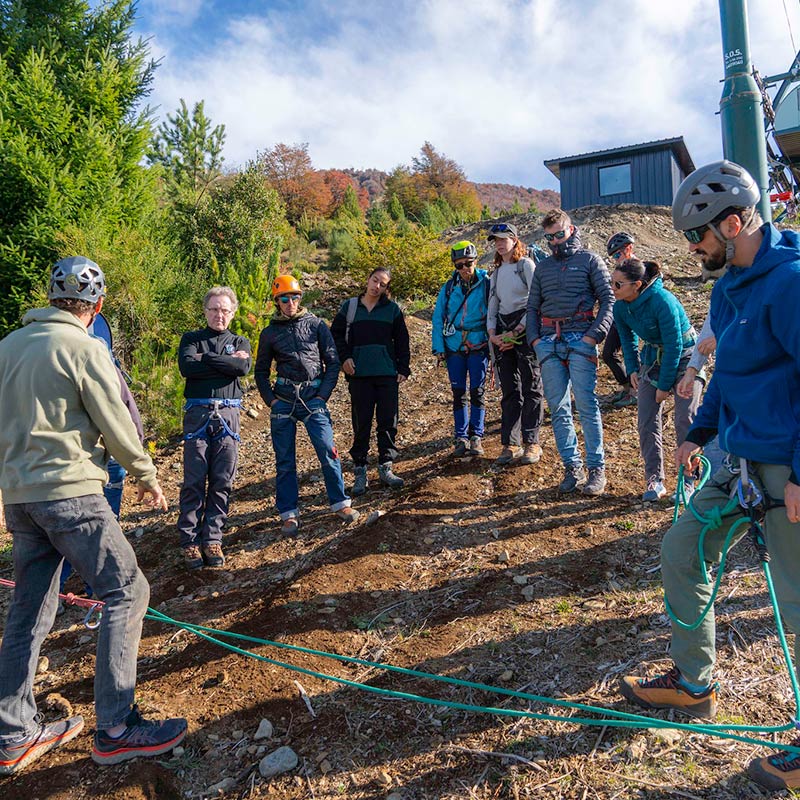
The Databases
The repository of worldwide accident and near miss reporting systems are detailed below.
Please note data is correct as of October 2024 and will be subject to regular checks and updates.
The map version offers information about the systems themselves as well as contact details. The list from below provides direct links to the systems.
List of Databases
Country
Database Owner
Database Name & Description
Website
Australian Climbing
Austrian Board of Trustees for Alpine Safety (ÖKAS)
Reporting Results: Statistics, analyses, yearly reports
https://alpinesicherheit.at/unfallforschung/alpine-unfallstatistik/
Belgium, Flemish Climbing Federation
https://portaal.klimenbergsportfederatie.be/ongevallen/overzicht-ongevallen/
Camptocamp
Public data: https://www.camptocamp.org/xreports
Analyses: https://www.camptocamp.org/articles/1254260/fr/sommaire-des-analyses-de-recits-de-la-base-seracQuarterly stories:https://www.petzl.com/fondation/s/accidentologie-des-sports-de-montagne?language=en_US
Danish Climbing Federation
UIAA Description: The Danish Climbing Federation collects accident and near-miss reports to support their work to improve climbing safety. Reports are submitted by individual climbers on a voluntary basis, and stored as text forms. 5-10 reports are filed annually.
Reporting Results: Public data (text file, linked from website)
German Alpine Club/Deutsche Alpenverein (DAV)
Yearly statistics reports: https://www.alpenverein.de/verband/bergsport/sicherheitsforschung/bergunfallstatistik
German Alpine Club/Deutsche Alpenverein (DAV)
Yearly statistics reports: https://www.alpenverein.de/verband/bergsport/sicherheitsforschung/kletterhallen-unfallstatistik
JMSCA, Japan Mountaineering & Sport Climbing Association
Royal Dutch Climbing and Mountaineering Federation (NKBV)
Public data (sport climbing): http://www.klimongevallen.nl/ongevallen/#
Public data (mountaineering):http://www.klimongevallen.nl/alpieneongevallen/
Stichting Veiligheid Klimsport – SVK
Annual statistics reports:
https://veiligheidklimsport.nl/publicaties/incidentiecijfer-seh-letsel-klim-en-bouldersport-2023/#
New Zealand Alpine Club
Norwegian Climbing Federation
Public data: https://ulykkesdatabasen.no/rapport#
Analysis reports and articles: https://www.sikresider.no/alle-artikler
Special reports: https://klatring.no/sikkerhet/ulykker/alvorlige-ulykker/
Mountain Club of South Africa
– identification of high risk areas due to physical hazards
– identification of high risk areas based on insufficient signage or path maintenance
– reporting of the above to relevant authorities
– subsequent monitoring of remedial actions to determine effectiveness
– increase positive patient outcomes based on rapid access and extraction via helicopter
– lost patient behaviour for application of maximum search effort
– change in rescue stats based on technical and societal changes over three centuries
Polish Cave Rescue Group
Reporting Results: Overview of recorded cave accidents 1947-present:
https://grj.com.pl/kronika-wypadkow/
International Slackline Association
Swiss Alpine Club
https://www.sac-cas.ch/de/ausbildung-und-sicherheit/sicher-unterwegs/bergnotfallstatistik/#
Swedish Climbing Federation
Reporting Results: Special reports and selected narratives:
https://www.klatterforbundet.se/category/sakerhet/#
British Mountaineering Council
Reporting Results: Public data:
https://www.incidents.thebmc.co.uk/responses#
American Alpine Club
Annual book: http://publications.americanalpineclub.org/about_the_accidents#
Monthly stories: https://americanalpineclub.org/prescriptionSearchable report archive: http://publications.americanalpineclub.org/
Recommendations for Best Practices
The UIAA Working Group in charge of this project will start providing recommendations of best practices for accident and near miss reporting systems from early 2025.
Case Study #1: – Report on Sharp Edges and Rope Cuts
Case Study #2: – Reversing autobelay accidents in Norway
Want to share information about an accident reporting system?
Contact the UIAA with details:





